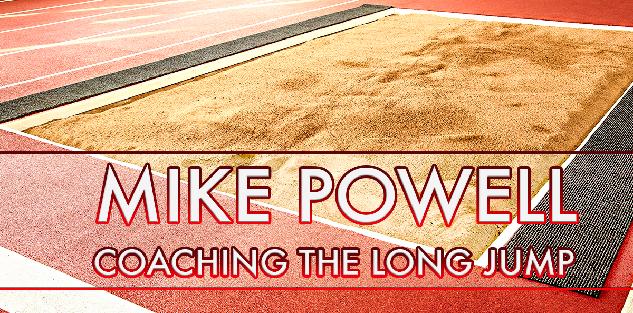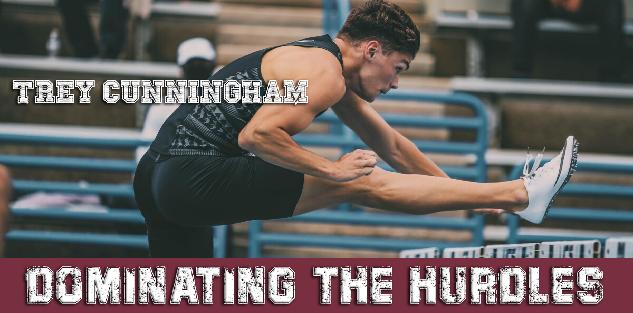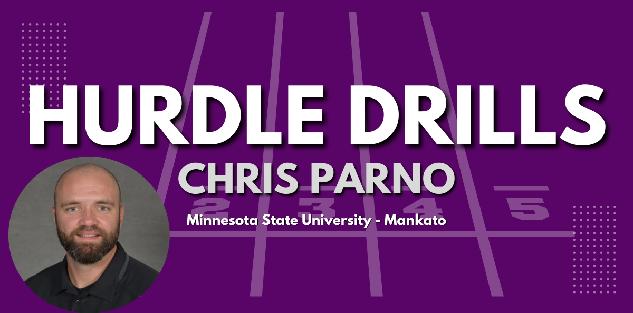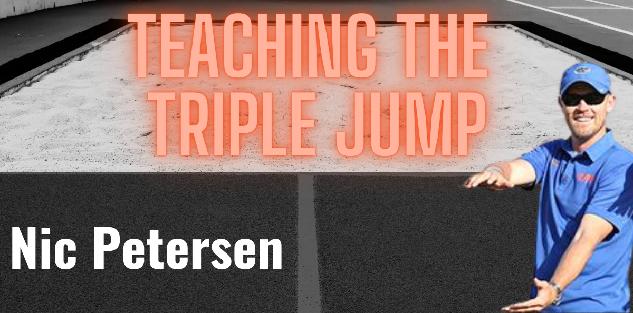Featured courses
- The Ultimate Guide to Coaching Track and Field by Jackson Chlebowy
- How TCU Coach Khadevis Robinson Builds Mental Toughness for Big 12 Track by William Markey
- Two Points of Focus When Coaching and Training Hurdles by Grant Young
- Four Keys to Maximize Winning Potential in a 400m Race by Grant Young
- Three Lessons Every Distance Running Coach Should Know by Grant Young
- Olympic Medalist Jasmine Moore’s Triple Jump Approach Technique Keys by Grant Young
- Build Strong Triple Jump Foundations with 3 Key Drills by William Markey
- Two Cues to Help With Track and Field Relay Handoffs by Grant Young
- Four Shot Put Drills to Help Develop Your Athletes by Grant Young
- Three Training Tips For Coaching 400m Runners by Grant Young
- Four Tips for Teaching the Javelin Throw by Grant Young
- 3 Pole Vault Check Points From Legendary Kansas Coach Tom Hays by Grant Young
- Two Valuable Hammer Throw Training Tips by Grant Young
- 3 Must-Try Offseason Shot Put Drills by William Markey
- Four Essential Tips For Coaching Track Relays and Sprints by Grant Young
- Florida Gators Coach Nic Petersen’s Two Keys for Teaching the Triple Jump by Grant Young
- Three Effective Drills for Improving the Long Jump by Grant Young
- Three Drills for Sprinters That Track Coaches Swear By by Grant Young
- Four Pole Vault Drills All Track and Field Coaches Should Know by Grant Young
- Explosive Track and Field Training to Level Up This Summer by Tyler Rathke
- Throwing Secrets: The Entry by Tyler Rathke
- How to Find an Endurance Athlete’s Proper Training Pace by Grant Young
- The Technique Behind Mykolas Alekna’s Discus World Record by Grant Young
- How to Build a Sprinter's Training Regimen by Grant Young
- How to Teach the Glide Shot Put by Grant Young
- Three Hurdle Drills All Track Coaches Should Know by Grant Young
- How Distance Running Coaches Can Get the Most Out of Their Athletes by Grant Young
- The Technique Behind Mondo Duplantis' Pole Vault World Record by Grant Young
- How to Coach Weightlifting For Increased Speed and Acceleration by Grant Young
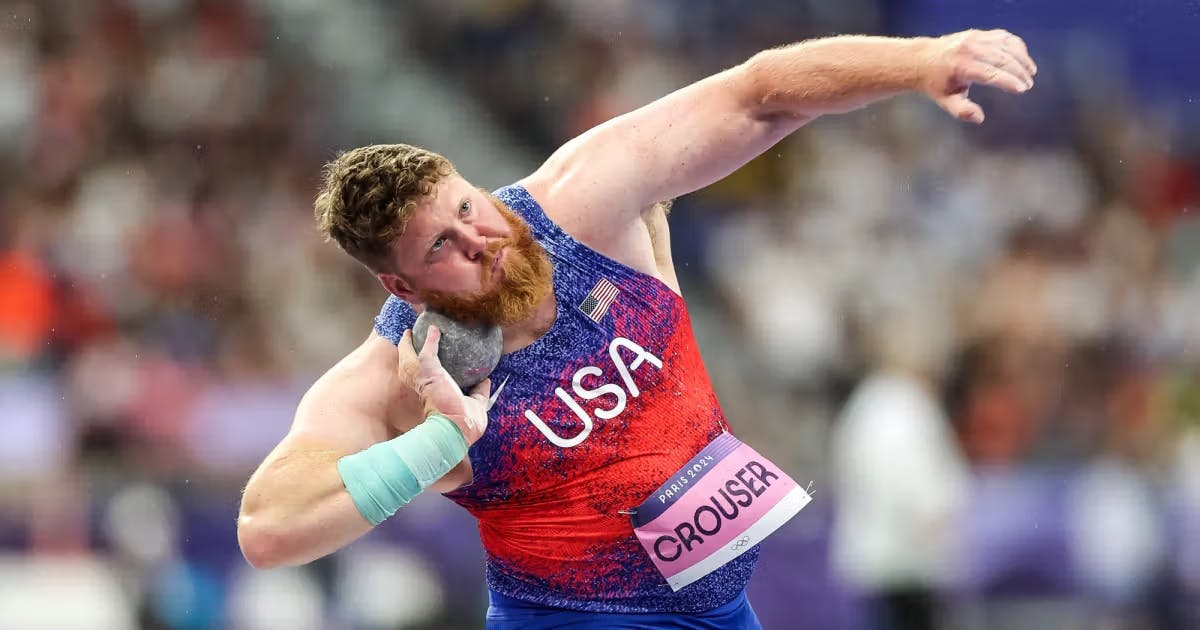
Four Shot Put Drills to Help Develop Your Athletes
- By Grant Young
Having reliable and effective shot put drills is crucial for any track and field coach due to the technical nature of the event.
As all coaches know, shot put requires a precise combination of strength, technique, and timing, making it essential for coaches to provide structured drills that focus on these elements. Effective drills help athletes grasp the mechanics of the throw, ensuring they develop proper form and technique, which is vital for maximizing distance and reducing the risk of injury.
Consistent practice through specific drills allows for skill refinement. Coaches can adapt these drills for varying skill levels, encouraging both beginners and advanced throwers to improve. This adaptability fosters a supportive training environment, promoting confidence and motivation among athletes.
Incorporating drills that build specific physical attributes, such as explosive power and balance, further enhances performance. Regular assessment through these drills helps coaches identify areas for improvement and track athletes' progress over time. Not to mention that a diverse set of reliable drills keeps training sessions engaging and enjoyable, which is essential for long-term athlete commitment.
While no coach would doubt the effectiveness of a shot put drill, finding the right drills for your program and athletes can be difficult. This is why we’ve pulled your drills from two esteemed track and field coaches that you can employ to great success during your next shot put season.
Scott Bennett - Line Drill
Scott Bennett has over 40 years of experience coaching everyone from high schoolers to Olympians. Coach Bennett has produced 5 Olympians in the field events including one gold medalist. His most decorated throwers include 4-time Olympian and 4-time national discus champion Aretha Thurmond as well as Andy Bloom who earned 4th place in the shot put at the 2000 Sydney Olympics.
In his ‘Shot Put Drills’ clinic, Coach Bennett discusses what he calls a Line Drill, which starts with the athlete in their throwing position while standing at the end of a straight line, which is either taped, chalked, or painted onto the ground.
They are going to drop their knee over their front foot, turn in their air, tap, and then stop and look to see that they are still standing on the line. If they are, they will continue this process again and again as they move down the line.
The keys here for a coach are that the right foot is pointed to the right side (for a right-handed thrower), the left foot should be to the left of the line, and shoulders back, the hips to the sides, and the face back.
Scott Bennett - Seated Release
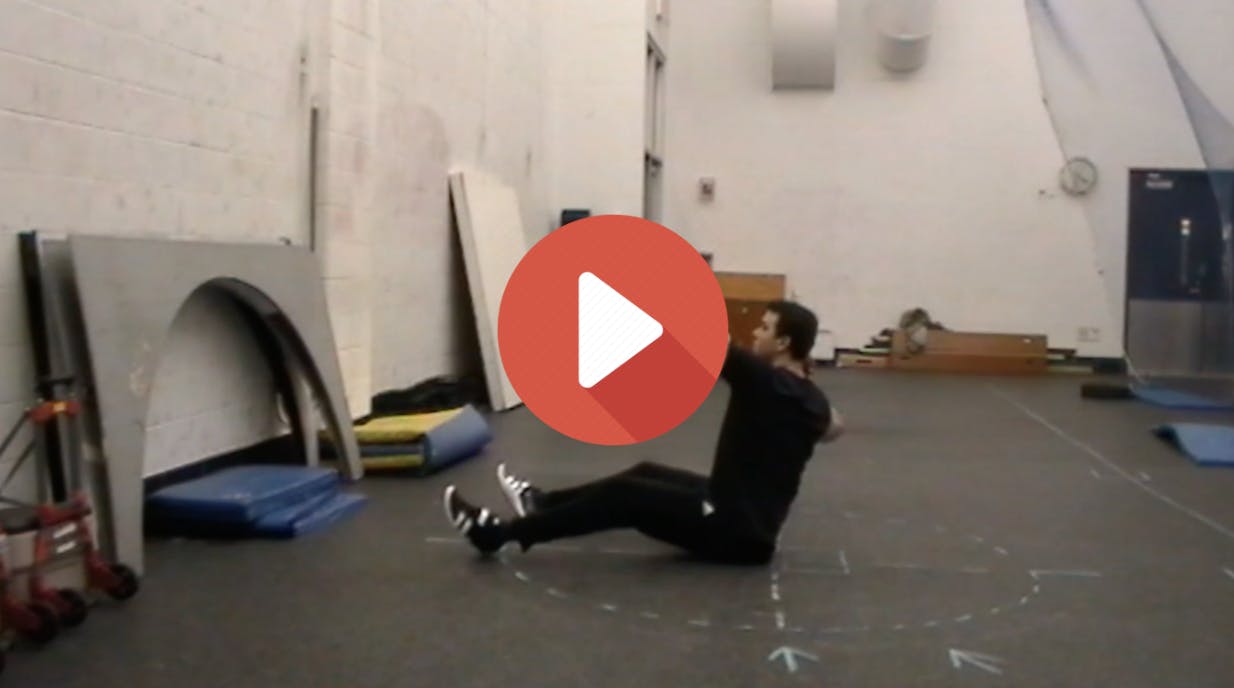
Another one of Coach Bennett’s drills is called the seated release. This is where the athlete will be seated, facing directly at a wall that will be able to sustain the impact of a throw.
From there, the athlete will get into their typical throw, making sure to angle the toss high enough that it will mimic an actual throw in a contest.
This drill is important because it emphasizes all of the upper body elements required for a successful throw and can help pinpoint any mechanical issues a thrower might face with their upper half.
Jim Aikens - 360 Single Arm With Med Ball
Jim Aikens has been coaching high school throws since 1984. He had been the head coach at William Fremd High School in Palatine, Illinois since 1990 and retired as head coach in 2017. During this time Jim’s throwers have medaled at national competitions, won four state championships and 20 other state medals. Jim's throwers have also won numerous sectional and conference championships.
He is currently the Throws Coach at Burlington Central High School in located in Hampshire, Illinois.
Coach Aikens’ ‘Advanced Drills for Rotational Shot Put Success’ clinic discusses what he calls the 360 Single Arm With Med Ball, which is pretty self-explanatory.
The athlete will begin by performing their 360 degree unit turn while having a medicine ball raised up with a single arm over their head. They must keep completely balanced in order to pull this drill off.
From there, the player will simulate their rotation while keeping the medicine ball over their head. They will not actually throw the medicine ball at any point.
The most important aspect of this drill is that the athlete maintains proper balance in the back of the ring. While the athlete being able to do a 360 degree unit turn is key to developing this balance, even with a good 360 degree unit turn the athlete can still have balance issues.
Jim Aikens - Spin Around an Object Drill
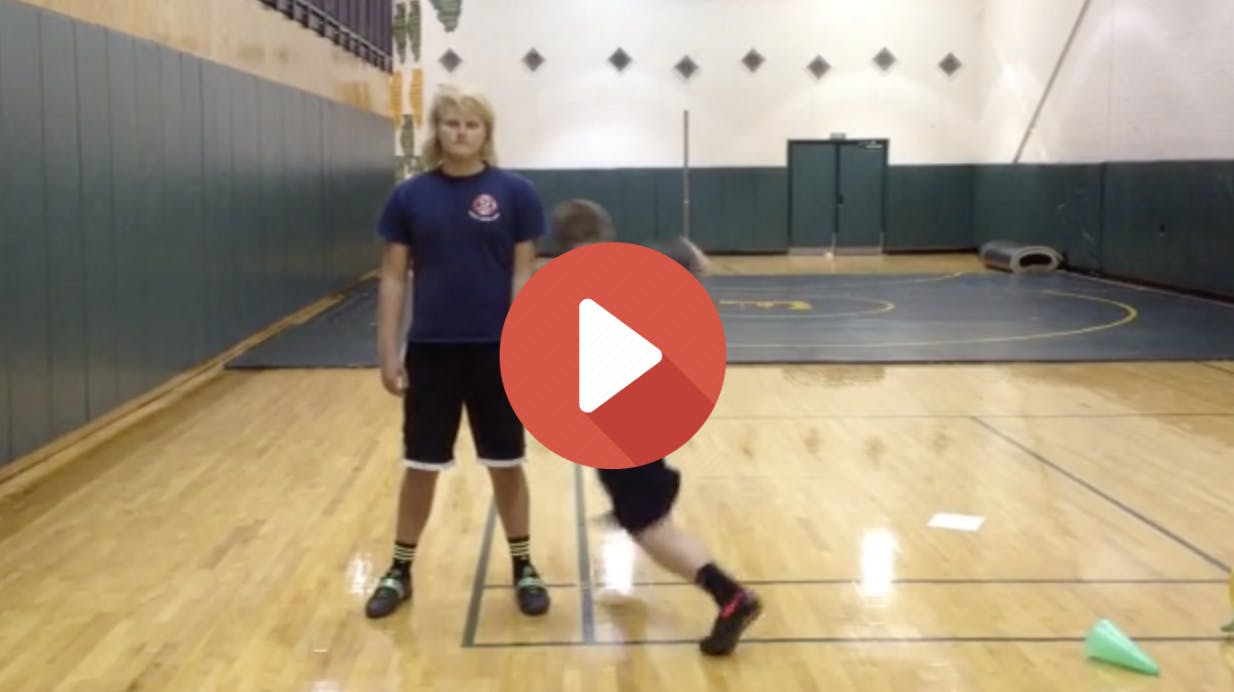
Another one of Coach Aikens’ drills is what he calls the spin around an object drill. As you could probably guess, this drill revolves around the athlete spinning around an object (even a teammate) in order to address any balance or mechanical issues.
Specifically, this drill is great if a (right-handed) thrower has trouble going around the left side out of the back of the ring, which is also known as cutting the corner. Coach Aikens has found that giving them an object to rotate out and around forces them to not cut the corner.
Any object that they can rotate around, but something with considerable height and bulk typically works best because it provides a clear indication for the thrower.

